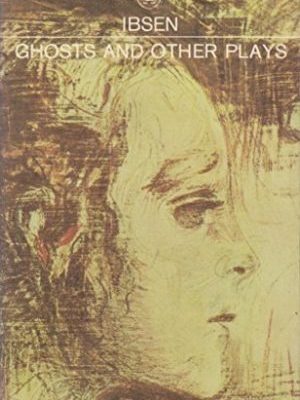
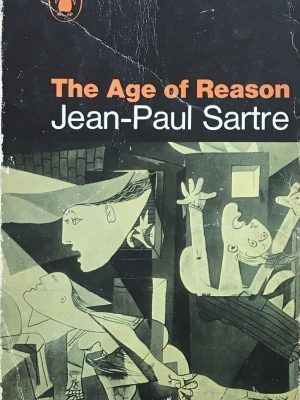
Peer Gynt by Henrik Ibsen
350,000 تومان
- نام کتاب: Peer Gynt
- نام فارسی: پیرگینت
- نویسنده: هنریک یوهان ایبسن
- ناشر: Penguin Classics
- نوع جلد: Paper
- وضعیت: دست دوم خوب
1 عدد در انبار
Peer Gynt by Henrik Ibsen
Peer Gynt یکی از آثار برجسته هنریک ایبسن (Henrik Ibsen) نویسنده نامدار نروژی است که برای اولین بار در سال ۱۸۶۷ منتشر شد. ایبسن یکی از پیشگامان تئاتر مدرن محسوب میشود و آثار او تاثیرات زیادی بر توسعه تئاتر و ادبیات قرن بیستم گذاشتهاند. Peer Gynt بهعنوان یک تراژدی کمدی با داستانی فانتزی و سمبلیک، به موضوعات پیچیدهای مانند هویت، آزادی، فردیت و مسئولیتهای انسانی پرداخته و یکی از شناختهشدهترین آثار ایبسن به شمار میآید.
مروری بر محتوا Peer Gynt by Henrik Ibsen
داستان Peer Gynt روایت زندگی یک مرد جوان و جاهطلب به نام پییر گینت است. او در تلاش برای یافتن هویت خود و رسیدن به بزرگی و موفقیت است. پییر، در پی خودخواهی و فرار از مسئولیتها، تصمیم میگیرد که در مسیرهای مختلف و ماجراجویانه به دنبال سعادت خود برود. اما در طول داستان با بحرانهای اخلاقی و شخصی روبرو میشود. او از خانه و خانوادهاش فرار میکند، در دنیای فریب و توهمات غرق میشود. او در نهایت به جایی میرسد که مجبور است از خود بپرسد که آیا حقیقتاً توانسته است خود را پیدا کند. این داستان به شکلی نمادین و فلسفی به سوالاتی درباره حقیقت، هویت، عشق، و معنای زندگی میپردازد.
موضوعات کلیدی کتاب
- هویت و فردیت: یکی از موضوعات اصلی این داستان جستجوی فرد برای هویت خود است. پییر گینت تلاش میکند که به معنای واقعی خود برسد، اما از آنجا که از مسئولیتها و حقیقت فرار میکند، همیشه در تلاش است و هرگز به جوابی قطعی نمیرسد.
- توهم و حقیقت: در این داستان، پییر بارها از دنیای واقعی به دنیای توهمات و فریبها پناه میبرد. این تم در سراسر داستان تکرار میشود و به بررسی مفهوم حقیقت و اینکه آیا انسان میتواند به حقیقت واقعی دست یابد، پرداخته میشود.
- مسئولیت و آزادی: پییر گینت همواره در تلاش برای فرار از مسئولیتهایش است، اما در نهایت درمییابد که آزادی واقعی تنها زمانی به دست میآید که فرد مسئولیتهای خود را بپذیرد.
- فلسفه و نمادگرایی: داستان پییر گینت پر از نمادها و تمهای فلسفی است که به بررسی موضوعات پیچیدهای چون رشد فردی، هویت، خودآگاهی و معنای زندگی پرداخته میشود.
چرا کتاب Peer Gynt را مطالعه کنیم؟
- بررسی پیچیدگیهای انسانی: Peer Gynt داستانی است که بهطور عمیق به بررسی درونیات و پیچیدگیهای روانی و اخلاقی انسان میپردازد. برای کسانی که علاقهمند به مطالعات روانشناسی و فلسفی هستند، این کتاب یک منبع غنی از تفکرات است.
- تحلیل مفاهیم فریب و حقیقت: این کتاب بهطور عمیق به مفاهیم فریب و حقیقت میپردازد و نشان میدهد که چگونه انسانها ممکن است در جستجوی حقیقت، به توهمات و فریبها پناه ببرند.
- سبک نوشتاری بینظیر ایبسن: ایبسن با نثر شاعرانه و نمادگرایانه خود، داستانی مبهم و چندلایه به ترسیم و خوانندگان را به تفکر وادار میکند.
- تاثیرگذاری بر تئاتر مدرن: Peer Gynt یکی از آثار برجسته در تاریخ تئاتر است و مطالعه آن به درک بهتر تحولات تئاتر مدرن کمک میکند.
راهنمای خرید کتاب Peer Gynt
این کتاب بهطور گسترده در فروشگاههای آنلاین و کتابفروشیها موجود است و شما میتوانید نسخههای مختلف این کتاب را به راحتی پیدا کنید:
- این کتاب در بسیاری از فروشگاههای بینالمللی از جمله آمازون (Amazon) و بارنز اند نوبل (Barnes & Noble) موجود است.
- برخی از کتابفروشیهای ایران که کتابهای زبان اصلی را چاپ میکنند، ممکن است نسخهای از آن را داشته باشند.
- ما یک نسخه نفیس از نسحه اوریجینال را داریم. برای هماهنگی خرید با ما تماس بگیرید.
قیمت حدودی کتاب Peer Gynt
- نسخه چاپی: حدود ۱۰ تا ۲۰ دلار (مبتنی بر نسخه و ناشر)
- نسخه دیجیتالی: حدود ۵ تا ۱۰ دلار
- نسخه صوتی: حدود ۱۰ تا ۱۵ دلار
جمعبندی
Peer Gynt یکی از مهمترین آثار هنریک ایبسن است که بهطور عمیق به بررسی بحرانهای وجودی، هویت، و جستجو برای حقیقت پرداخته. او مفاهیم پیچیدهای را در قالب داستانی سمبلیک و شاعرانه ارائه میدهد. این کتاب برای علاقهمندان به ادبیات فلسفی، روانشناسی و تئاتر بسیار ارزشمند است و تأثیر زیادی بر تئاتر مدرن و تفکرات فلسفی دارد. مطالعه این کتاب به درک بهتر از پیچیدگیهای انسانی و چالشهای روانی و اخلاقی کمک میکند.

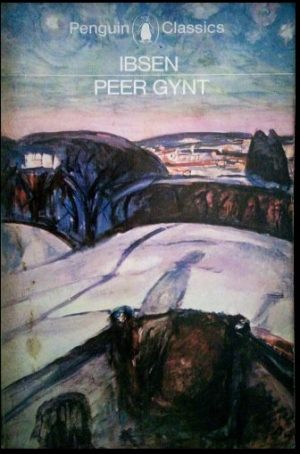
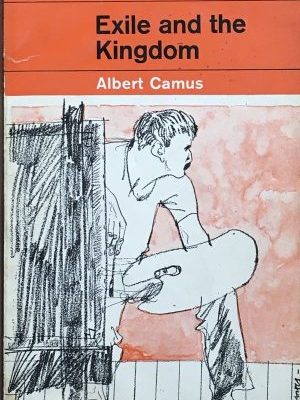
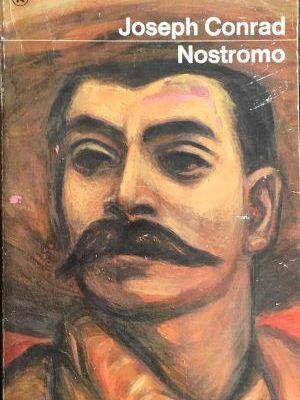


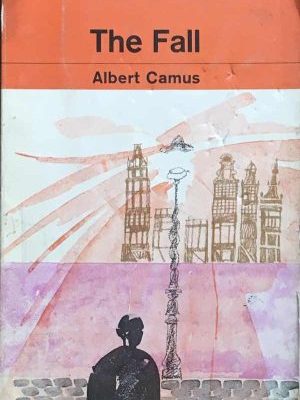
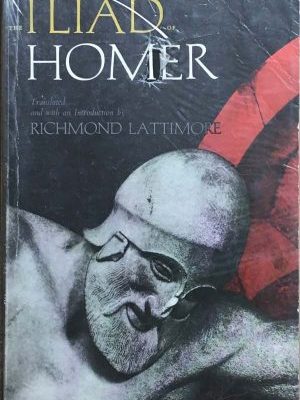
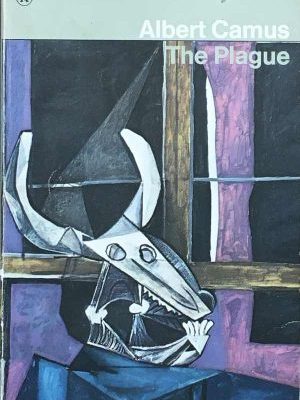

نقد و بررسیها
هنوز بررسیای ثبت نشده است.